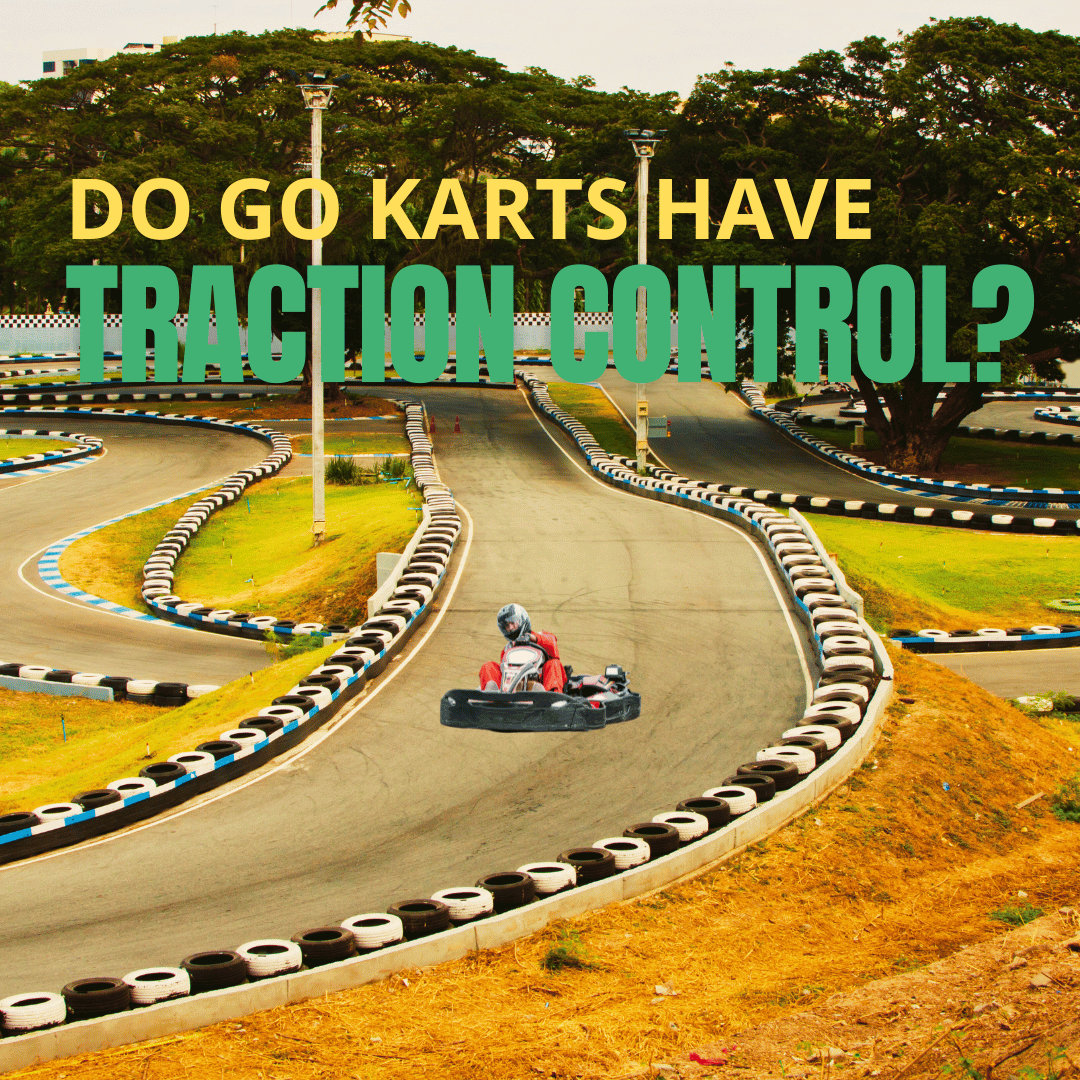
Whether you're a motor enthusiast or a thrill-seeker, chances are you've wondered what gives a go-kart its edge on the track. One common question is: "Do go-karts have traction control?"
Let’s explore this in detail and discover what really keeps these compact machines moving smoothly—or sliding wildly—around corners.
Do Go-Karts Have Traction Control?
Most go-karts do not have traction control. Instead of using complex computerised systems like modern cars, go-karts rely on mechanical simplicity. They are designed to allow the rear wheels to lose traction—on purpose. This makes drifting not only possible but often part of the fun. Drivers must rely on skill, weight transfer, and braking to maintain control. Some indoor karts use centrifugal clutches that require minimal input, but you can regulate these by pressing both pedals simultaneously.
Understanding Go-Karts
What Makes a Go-Kart Unique?
Go-karts are lightweight, nimble, and designed for speed in controlled environments. They’re widely used for recreational and competitive racing, offering an exciting driving experience for all ages.
Control System Basics
Go-karts are simple: they typically feature a steering wheel, an accelerator, and a brake. Many use left-foot braking to minimise pedal switching time. Centrifugal clutches are common in indoor setups, requiring no gear shifting.
The Myth of Traction Control
Why Most Karts Don’t Need It
Go-karts lack electronic traction control because they’re designed for performance and driver development. Losing traction helps teach control, especially in rear-wheel-drive setups.
Related: Are All Go-Karts Rear-Wheel Drive?
Skill Over Systems
Controlling a kart involves technique: strategic braking, throttle control, and shifting body weight to guide turns. These skills are essential in the absence of assistive tech.
Related: The Science of Go-Karting
Driving Techniques for Control
Weight Transfer
Shifting your body weight allows more traction on specific wheels during turns. This improves handling and helps maintain stability.
Braking Technique
Brake before corners—not during—to avoid skidding. Mastering this timing is crucial for maintaining control through tight turns.
Related: Should You Drift Go-Karts During Races?
What Safety Features Do Go-Karts Have?
Common Safety Features
While they lack traction control, go-karts often come with roll hoops, seatbelts, and bumpers to protect drivers in case of accidents. These features vary by model and intended use.
Conclusion
Go-karts are built for simplicity, speed, and skill. They don’t have traction control—but that’s the point. Drivers learn to manage grip, speed, and control using physical cues rather than electronic aids.
Whether you're racing competitively or enjoying a weekend thrill, it’s your instincts—not software—that keep you in control.
FAQs
Should you brake while turning in go-karting?
No. Braking during a turn can cause spin-outs. It’s best to brake in a straight line before turning, then ease back on the throttle through the curve.
How do you avoid spinning in a go-kart?
Keep the steering steady during braking and avoid turning too sharply. Gradual inputs and consistent throttle help maintain control.
Is sliding useful in karting?
Not usually. Sliding may feel exciting but slows you down. Smooth driving, especially through corners, leads to faster lap times.
Does trail braking work in go-karts?
Yes, particularly in high-powered karts. Trail braking helps shift weight forward, improving grip and allowing quicker entry into corners.
Explore Our Go-Kart Collection
Ready to put your skills to the test? Check out our full range of high-quality go-karts for kids and adults at RiiRoo’s Go-Kart Collection. Whether you're a beginner or a seasoned racer, we’ve got something for every speed demon. Let the fun begin!





Share:
Mastering Oversteering: A Vital Defensive Driving Skill
Can You Go Kart If You Can't Drive? (UPDATED 2025)